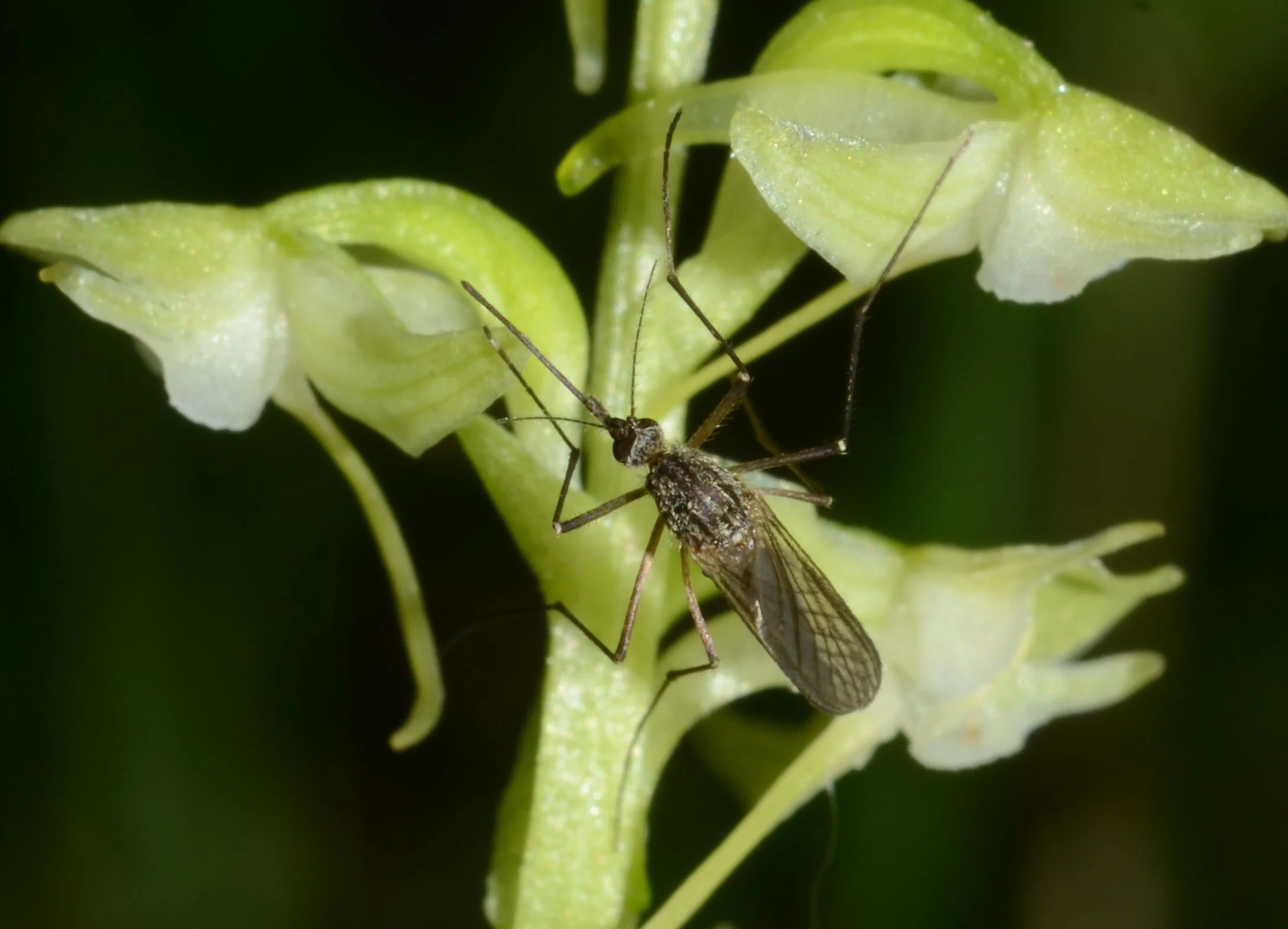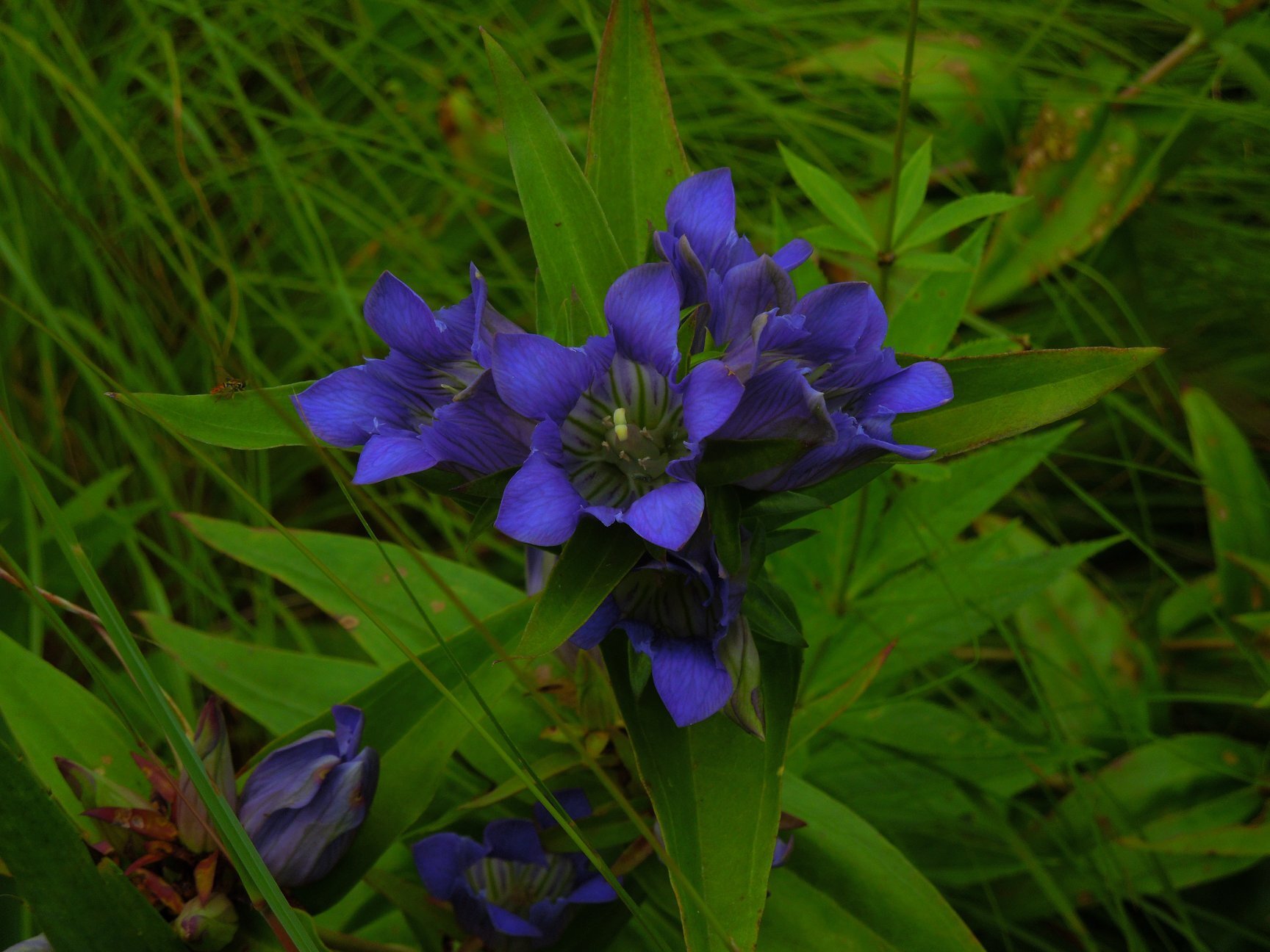Photo by Ryan LeBlanc licensed under CC BY-NC-SA 2.0
Aside from ourselves, mosquitoes may be humanity's largest threat. For many species of mosquito, females require blood to produce eggs. As such, they voraciously seek out animals and in doing so can spread deadly diseases. They do this by homing in on the chemicals such as CO2 and other compounds given off by animals. What is less commonly known about mosquitoes is that blood isn't their only food source. Males and females alike seek out nectar as source of carbohydrates.
Though mosquitoes visit flowers on a regular basis, they are pretty poor pollinators. However, some plants have managed to hone in on the mosquito as a pollinator. It should be no surprise that some orchids utilize this strategy. Despite knowledge of this relationship, it has been largely unknown exactly how these plants lure mosquitoes to their flowers. Recent work on one orchid, Platanthera obtusata, has revealed a very intriguing strategy to attract their mosquito pollinators.
This orchid produces human body odor. Though it is undetectable to the human nose, it seems to work for mosquitoes. Researchers at the University of Washington were able to isolate the scent compounds and found that they elicited electrical activity in the mosquitoes antennae. Though more work needs to be done to verify that these compounds do indeed attract mosquitoes in the wild, it nonetheless hints at one of the most unique ruses in the floral world.
Photo Credit: Kiley Riffell and Jacob W. Frank
Further Reading:
http://bit.ly/1JXP2jk







